Around 1880, the baobab held a fascinating place in the Western imagination, in part due to numerous exploratory missions carried out in Africa by France and other European powers. As a symbol of exoticism, the baobab came to represent a wild and majestic Africa, captivating naturalists, explorers, and artists of the time. D’Apreval actively participated in this scientific fervor. He is notably recognized for his contributions to Histoire physique, naturelle et politique de Madagascar by Henri Ernest Baillon—a monumental work cataloguing the flora of a country still largely unknown at the time, including three distinct species of baobab.
This period saw an unprecedented surge of interest in botany. In Europe, collectors of exotic plants and botanists gathered specimens, exchanged drawings, and admired botanical illustrations that revealed the hidden secrets of plants from around the world. Botanical illustration became a bridge between the public and the wonders of nature, allowing Europeans to travel with their eyes—to escape to distant lands without leaving the continent.
Institutions such as the Muséum National d'Histoire Naturelle in France and other major European museums flourished in this context, expanding their collections and publishing numerous catalogs to disseminate knowledge. It is within this cultural and scientific landscape that d’Apreval’s work takes place, offering through his watercolors a valuable contribution to this thirst for discovery and understanding—captivating the eye with the meticulousness of his detail and the poetry of his compositions.
As a collaborator on major scientific projects such as Plantae Davidianae (1884–88) and Illustrationes Florae Insularum Maris Pacifici (1886–92), d’Apreval left his mark on his era by blending exploration and art. His talent was so highly regarded that botanists paid tribute to him by naming a genus d’Aprevalia in 1884—though it was later subsumed under the genus Delonix. It is rare for an illustrator to receive such recognition within the scientific community, a sign of the esteem held for d’Apreval’s precision and unique style. This distinction reflects the importance then attributed to botanical illustrators, who were considered indispensable partners to botanists in the quest to classify and understand the world’s flora.



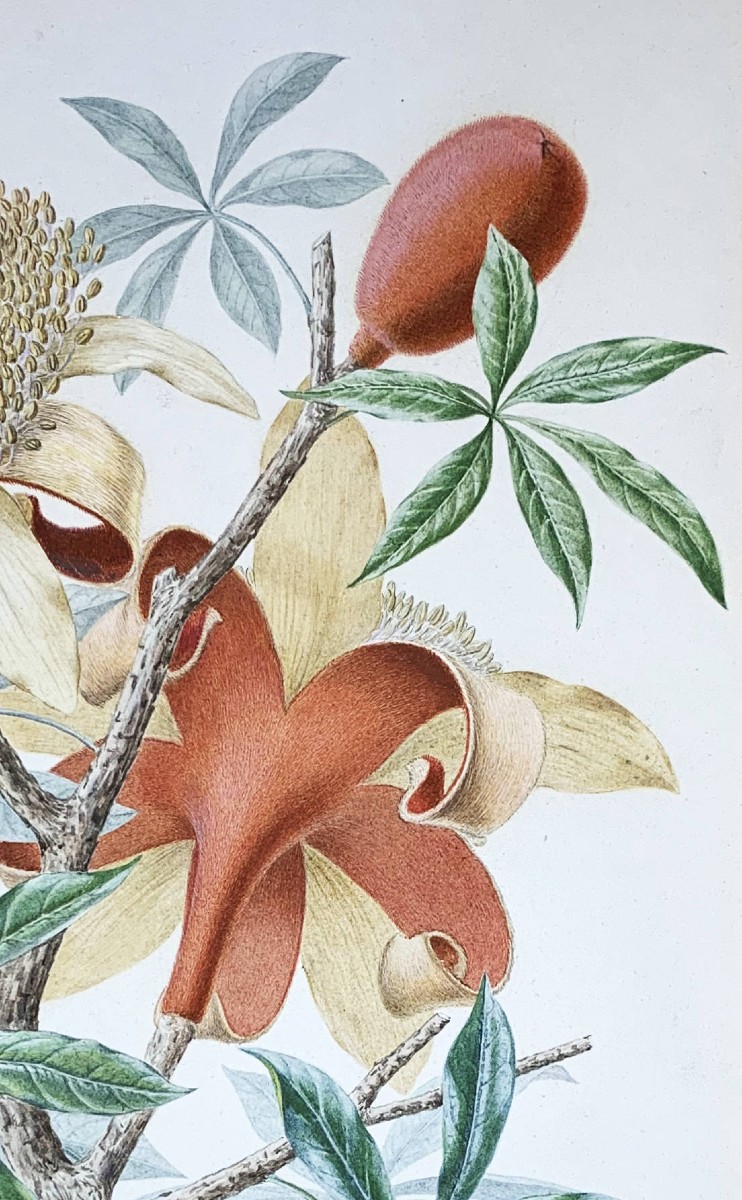





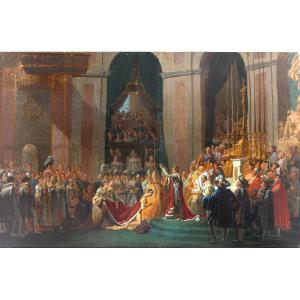
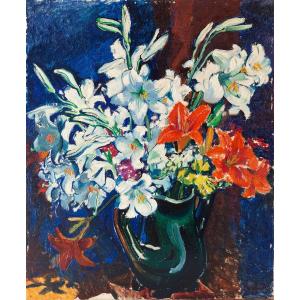
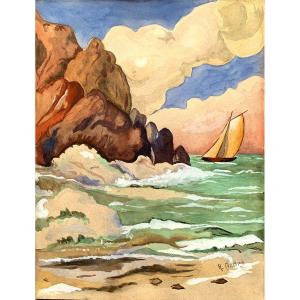
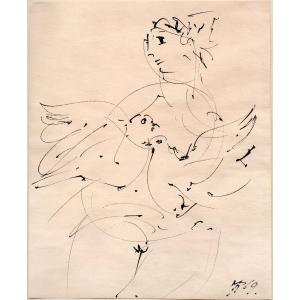
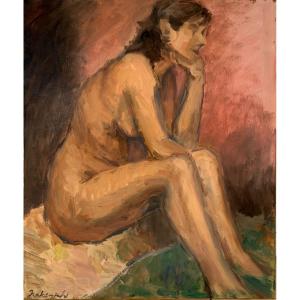
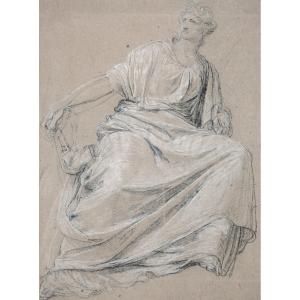
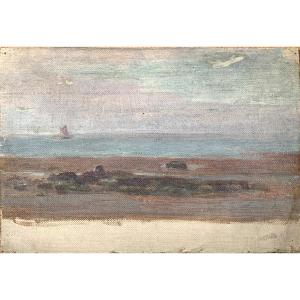
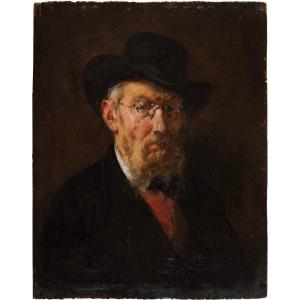
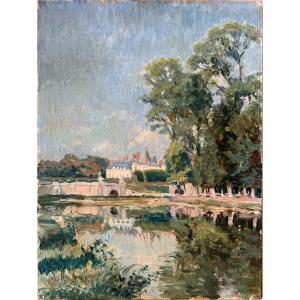
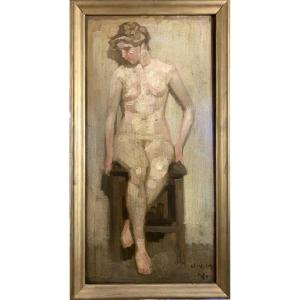
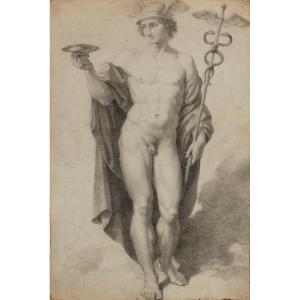
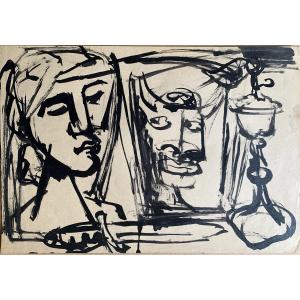

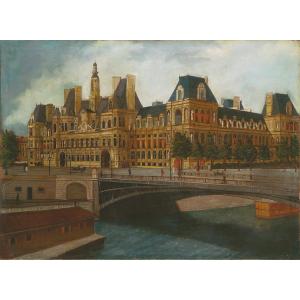








 Le Magazine de PROANTIC
Le Magazine de PROANTIC TRÉSORS Magazine
TRÉSORS Magazine Rivista Artiquariato
Rivista Artiquariato